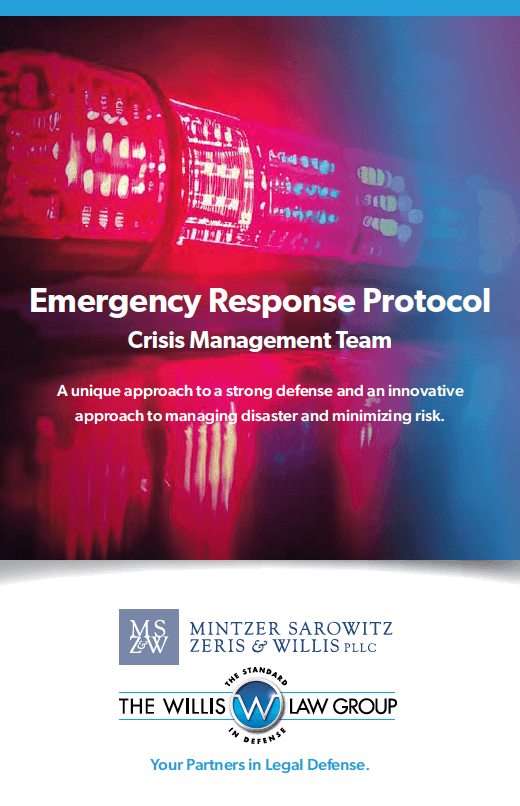The Reptile Theory: A New Plaintiffs’ Strategy to Secure Large Jury Verdict
Mar 21, 2018 - News by Defense Counsel
What is the Reptile Theory?
The reptile theory is a somewhat new strategy that plaintiff attorneys are using to obtain large jury verdicts at trial. It is called the reptile theory because reptiles go into attack mode when threatened or frightened (i.e., don’t mess with an alligator and it won’t mess with you). The plaintiff attorney wants to use fear to threaten a jury so the attack response is to punish the defendant. The old way was to exaggerate injuries and use sympathy to appeal to a jury in order to obtain a high jury verdict. That strategy is not effective with the millennials who populate today’s juries. Sympathy has no effect on millennials because they have been desensitized by the violence in the news and video games. Also, the use of smart phones and social media has eroded face-to-face communication skills, creating an emotional barrier.
How Does the Reptile Theory Work?
Since plaintiff attorneys can no longer focus on their client and the injuries, they focus on the defendant and the “callousness of big business” to scare the jury into large jury verdicts. If the jury believes that the defendant failed to enforce safety rules and created a dangerous environment for customers, then the jury thinks that it can just as easily have happened to them and they will punish the defendant by awarding a big verdict at trial.
How the Reptile Theory is Implemented
In depositions, plaintiff attorneys use specific questions to try to trick the deponent in getting the answer they want. Some questions to look out for include:
- You would agree that customer safety is the top priority, wouldn’t you?
- You would agree that danger is never appropriate, right?
- You want to keep customers safe, don’t you?
- Reducing incidents is the most important thing at the store, isn’t it?
The above sample questions are broad general questions designed to elicit a “yes” answer from a deponent. The way to answer this type of question is, “It depends on the situation,” “Not necessarily in every situation,” “Not always,” or “Sometimes, but not all the time.”
Next, the plaintiff attorney will have the deponent testify as to the current safety rules that are in place. Once the rules have been divulged, the attorney will try to get the deponent to admit that a better rule or practice is available. The deponent must not admit to failing to enact or follow best safety practices. Once the deponent admits that there is a better way to run the store, maintain the safety of workers or ensure safe business operations, the deponent has essentially admitted that their way is not good enough.
Below is an example of a good way to handle this type of questioning:
Q: What is your current policy for store maintenance?
A: We perform three checks of the floors per day. Once in the morning, once in the afternoon and once in the evening.
Q: Don’t you think it would be better and safer for customers if you performed six checks throughout the day instead of three, or hired more employees?
A: No, these rules have been in effect for a long time and we rarely have incidents like this. That is a testament to how well-run and safe our stores are for customers.
Next, the plaintiff attorney will try to get the deponent to admit that a safety rule was violated and this violation caused the incident (which could have been avoided by following the rule to begin with). Below is an example of how to handle this line of questioning:
Q: You would agree that my client fell as a result of water on the floor, correct?
A: It is my understanding that is what happened.
Q: So your safety rule must have been violated if water was on the floor, right? You must have been negligent?
A: No, not necessarily. Our rules are in place to help identify hazards and prevent incidents. Accidents happen. It’s possible that the water was not on the floor for very long.
Witness Preparation is Key to Defeating the Reptile Theory
It is important to meet with your witnesses, sometimes several times, and ask the sample questions above. You must advise them how to best answer the questions and handle this line of questioning. Witnesses need to know what questions are coming beforehand so they are not blindsided at the deposition or at trial.



